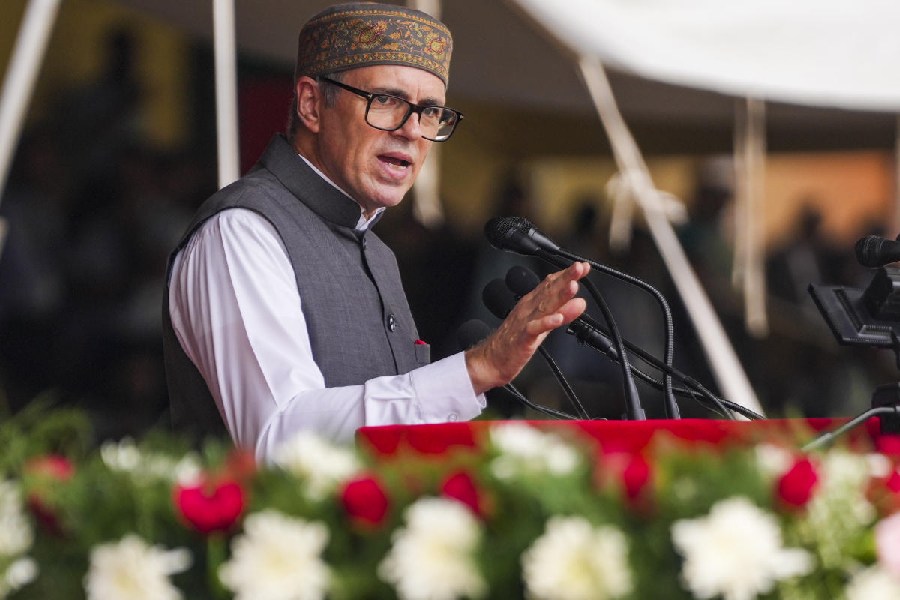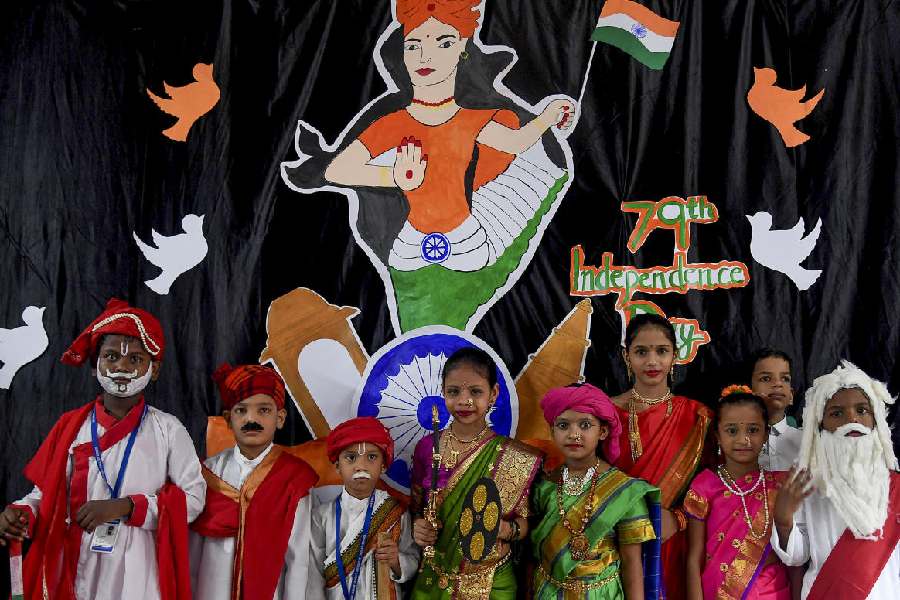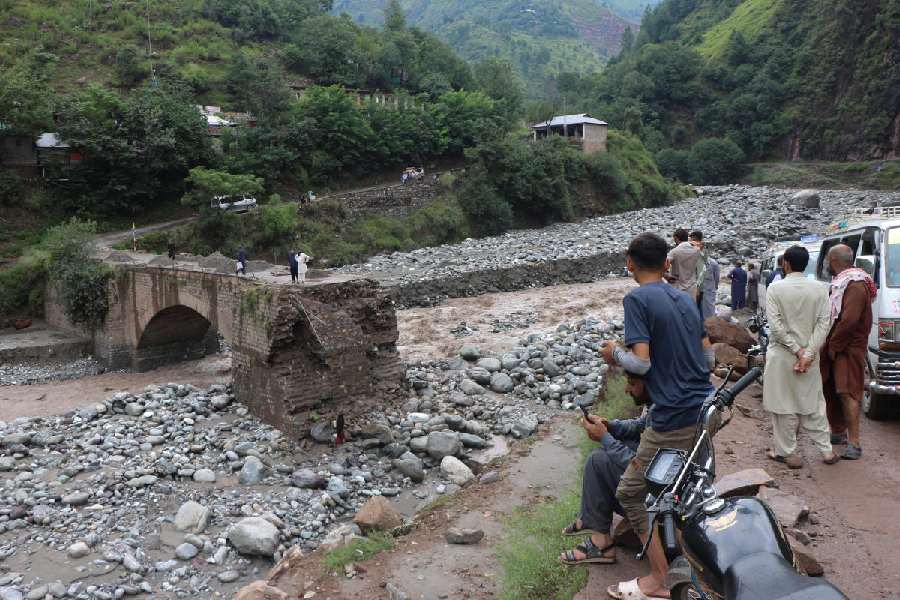 |
| Robert Clive’s house in Dum Dum: History beckons |
Once upon a time in Dum Dum, near Calcutta, there was a hill. It seemed large and formidable to me as I climbed it with my small legs, with an aunt who was the companion of my childhood adventures. The path up the hill remains one of the clearest images from those days. Slowly I became aware of other things. That there was a large, old house in front of the hill; it had a haunted look and I was not allowed to go near it because there were snakes. There were large trees behind the house and nestling under them, a small temple, where we did pranaam every time we went.
Gradually, I got to know other things about the house and the hill. My aunt would look glumly at the house as if it was some sort of a personal enemy and whisper: “The house was Robert Clive’s. He was the first of the bad Englishmen who came and conquered our country. Siraj, the Nawab of Bengal, was just a boy. Clive defeated him by treachery and stabbed him in the back.”
I was filled with indignation and also fear. My aunt’s attitude seemed to suggest that Clive was still roaming around in his ruined house and would rush out with his back-stabbing knife if he overheard our conversation.
There seems to be a gap in the memory tape here for the next set of images comes from a more grown-up viewpoint. I could come here alone, and with friends. We explored every nook and corner. The house is not ruined beyond repair. An Air Technical Institute takes the building and starts holding classes. I am attracted by two old planes that they have on display in front.
But who cared for a semi-ruined house there? We came mainly to play. There were three fields: one in front of the house, one beside it, and one on the mound behind the house. This was one of the most picturesque grounds that I have ever seen. The hill had, of course, been reduced by my changed perception. But it was still impressive. Raised about 50 feet above the surrounding land, it gently sloped down on three sides, with Clive’s house on the southern side.
This was the field which mainly attracted us, since a football tournament was played here. Leading amateur sides from near and far came to take part. Huge crowds gathered for the matches and the football played was hard-fought and exciting.
Then for many years I took no interest in the house on the mound. Till I started doing some research on the history of Dum Dum and Barasat, both old British settlements. I also had the chance to inspect the house closely when I worked with some friends who were making a documentary on old British houses in Dum Dum.
In L.S.S. O’Malley’s Gazetteer of 24 Parganas I came across some interesting facts. Firstly, that the house and the mound existed before Clive, but no one was sure when or who had made them. After the battle of Plassey, Clive rebuilt the house, adding “a fine upper storey; the grounds were also laid out with great expense and taste”.
O’Malley quotes an interesting account of the building before Clive renovated it: “It appears to have been originally a one-storeyed blockhouse, so constructed as to secure a flank fire along each side, in underground chambers or cellars. The walls were of great thickness… further strengthened by huge buttresses, between which the walls were loop-holed for musketry. No authentic account of the origin of this building can be found... The native tradition is that the mound on which it stands was thrown up by a spirit in a single night and to this day the house and the grounds have the reputation of being haunted.”
This was a magic realist dream come true. What demonic agents had laboured so mightily to make this mound and to what purpose?
O’Malley also says the house “is probably one of the oldest existing buildings in Bengal”. Before it was rebuilt, the officers of the Bengal Artillery lived in it when they came to Dum Dum for field practice. After it was rebuilt, the house and gardens were well-maintained. Bishop Heber, who visited the house in the 1820s, admired its ‘venerable appearance’ and the beauty of its gardens.
And as late as 1891, we find it serving as the headquarters of the Presidency Volunteer Reserve Battalion. Sometime afterwards, the army vacated the building and it was let out on rent. Sir Owain Jenkins, who came to India to work for Balmer Lawrie and later became a prominent industrialist after Independence, lived in Dum Dum for a few years in the 1930s. In his book, Merchant Prince, Memories of India 1929-1958, he wrote that he had initially planned to stay in Clive House, but was unable to bear the smell of the bazaar nearby. Investigation revealed that the bazaar was in fact nearer to the house in those days.
Then one day in 2001, a shard of pottery taken from the mound attracted the attention of the chief of the Archaeological Survey. His trained eyes detected its immense age, and excavations began.
The findings are all set to revolutionise the history of south Bengal. They reveal remnants of a civilization over 2,000 years old. History will have to be rewritten because nobody knew this area had a flourishing civilisation so long back.
However, the ancient poets knew. Virgil, the great Roman poet, in his Georgics wrote of a place hereabouts, which he called Gangaridih. It is supposed that he learnt of this area from an ancient book of maritime history, Periplus of the Erythrian Sea. Many historians think this was located in Barobajar, near Jessore (now in Bangladesh) where ruins of an old city have been found, and that this was the capital of a kingdom that ruled south Bengal over 2000 years ago.
It is possible that the excavations at the house on the hill in Dum Dum reveal another settlement of the same civilisation. The possible scenarios should inspire historians and poets for years to come.











